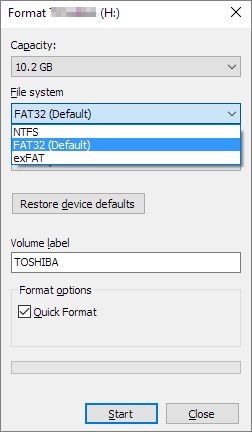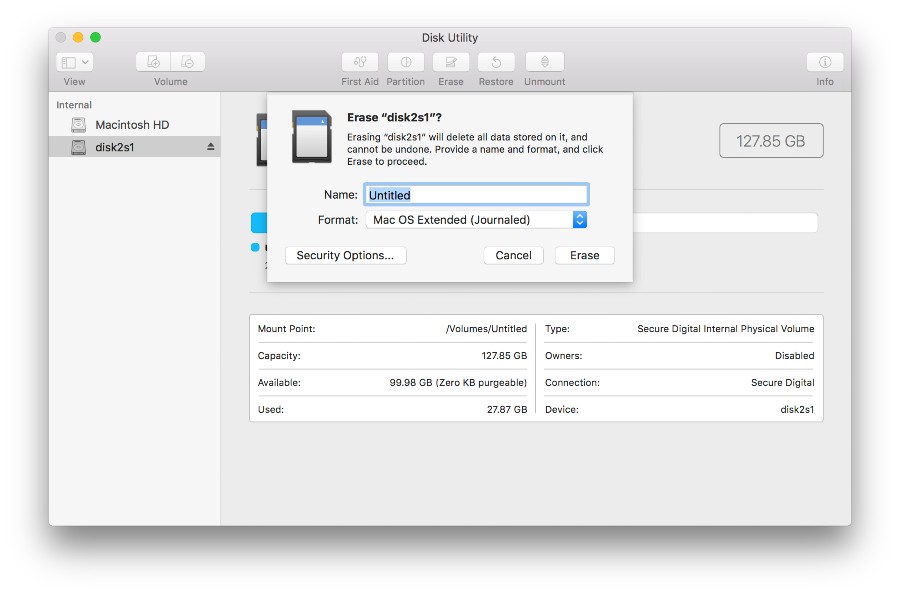


- #SUSB FORMAT FOR MAC AND PC HOW TO#
- #SUSB FORMAT FOR MAC AND PC MAC OS#
- #SUSB FORMAT FOR MAC AND PC PC#
Of course, there are other options for transferring files between hard drives cloud-based solutions like Dropbox are convenient and don’t have compatibility issues, although are sometimes limited in space.
That said, for a daily exchange of files (for example, if you work on a PC but you have a Mac at home), it’s a practical and effective solution.
It’s less efficient in terms of space management. In practice, for the same total size, you can put fewer files on a FAT32 formatted disk compared to a NTFS formatted disk. It doesn’t let you set access permissions to files, so it’s potentially less secure than the NTFS format (the native OS X format). HFS+ or Mac OS Extended (case-sensitive and journaled) Mac OS Extended (Journaled) with the addition that the file system can differentiate between upper and lower case (e.g. Replace Current with 1 partition and then click on Options > Master Boot Record (MBR). Windows/Linux devices are only able to read but not write on USB sticks in this format. Then click on the Partition tab in the right window. Open Disk Utility and select the icon of the USB key on the left side of the window.
It doesn’t support files larger than 4 GB. How to format a USB key on Mac Mac OS users can format their USB keys into the FAT format in a few simple steps. There are, however, some things you should know about the FAT32 format: What problems could I have on an HD formatted in FAT32?įAT32 is the only format that both OS X and Windows can read and write without the use of third-party apps. *Warning: this will delete all data on the disk. If there are documents on there that you want to keep, make a copy of the files on your Mac or on another external drive first.*Īnd you’re done! Now, the disk can be read and written using both Mac and Windows computers. You will learn the easiest way to format drive on Mac and Windows as exFAT. Open the Erase tab. From the Format drop-down menu, choose MS-DOS (FAT), better known as FAT32.Īfter you choose the format, you’ll see a box to enter the name of the disk. Choose any name with a maximum of 11 characters (don’t worry, it can be changed later).Ĭlick on Erase and confirm the operation in the next pop-up window. Find out how to format an External drive or USB disk making the drive work with both Windows PC and Mac can read and write. Connect the disk and open Disk UtilityĬonnect the hard drive or USB drive to your Mac and then open the Disk Utility app, which is located in Applications> Utilities> Disk Utility. You can also open the app from Launchpad.Ĭhoose the disk that you want to format for both Mac and PC from the column on the left. Luckily, with OS X, you can create a disk that can be used by both operating systems in a snap. Here’s how.






 0 kommentar(er)
0 kommentar(er)
